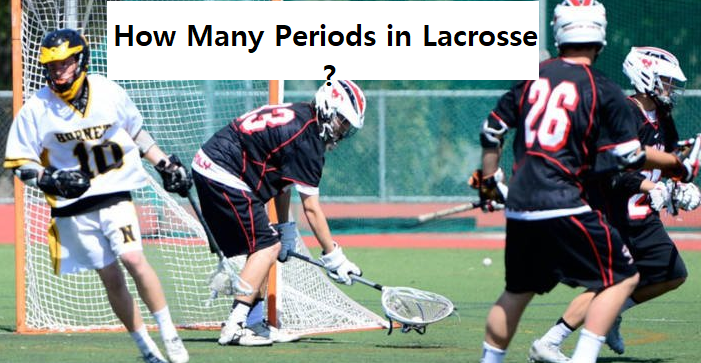How many periods in lacrosse? Basketball and hockey share many similarities with lacrosse. Lacrosse teams compete to score the most goals at the end of the game. A game clock dictates the length of the game, and scoring goals is the sole determiner of who wins and who loses. Here are a few of the technical basics that you should know to better understand the game.
- Four quarters equals a game: The length of a box or field lacrosse game is 60 minutes, with 4 quarters lasting 15 minutes each. Unless…
- Two halves do make a whole (game): A lacrosse game can be different in length depending on the age and/or gender of the teams participating. Women’s lacrosse matches are divided into halves instead of quarters and can range in length from 50 to 60 minutes. There are many varieties of minor league lacrosse games, ranging from eight- or 12-minute quarters to three 20-minute periods, much like a hockey game. High-school field games have 12-minute quarters.
- Facing down the opposition: Each game and each quarter starts with a faceoff in the center circle, and play continues after each goal is scored.
- Games don’t end in ties: At least not usually. Except for minor lacrosse, when games end in regulation play with the two teams tied, a sudden-death overtime period determines the winner. In sudden death, the team that scores first wins. Minor lacrosse leagues generally allow a single sudden-death overtime period, but if the game is still tied at the end of the period, it is a tie.
- Stay out of the crease: Players on the offensive side must stay out of the crease area in front of the goal. A 9-foot semicircle arcs from goalpost to goalpost in the crease.
- Stay in your own backyard: Defenders in field lacrosse always stay in the opponent’s offensive zone, while offensive players always stay in their own offensive zone. Only midfielders can run the entire field without restriction.
- Penalties regulate the game’s physical tendencies: Referees monitor the physical play to prevent injuries and brawls.

